Are you looking to add some Art Deco flair to your home? Steeped in the classic style of 1920s glamour, Art Deco interior design is back in vogue, offering a bold, elegant look that can turn your space into a true conversation starter. Not only will its signature motifs immediately add unique visual interest to any room, but its sleek combination of geometric shapes and vibrant colours also exude sophistication and luxury.
In this guide, we’ll provide everything you need to know about transforming your interior with timeless appeal while keeping it modern and fresh. Read on for an expert introduction to the world of Art Deco!
The Origins of Art Deco: A Brief History
The origins of Art Deco can be traced back to the Exposition Internationale des Arts Decoratifs et Industriels Modernes, a world’s fair held in Paris in 1925. The fair was intended to showcase the latest in decorative arts and design from around the world. “Art Deco” was first used to describe the style that would become synonymous with the era.
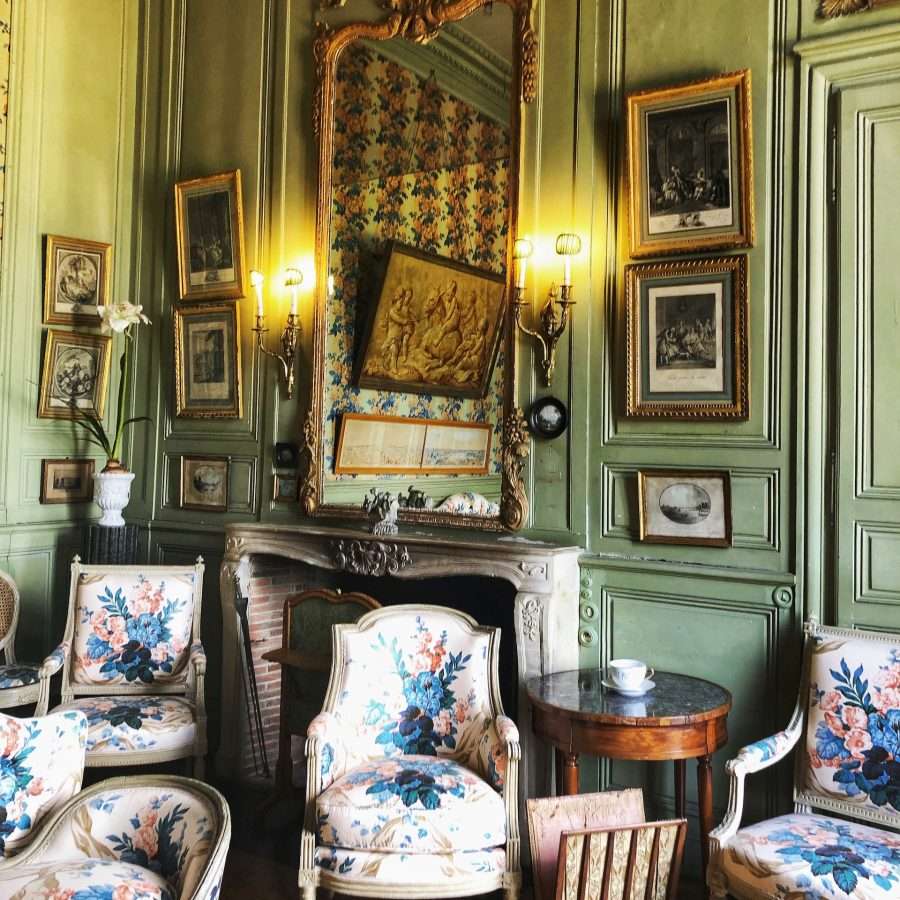
Art Deco was heavily influenced by the Art Nouveau style that preceded it. However, unlike Art Nouveau, which focused on the natural world, Art Deco was characterized by geometric shapes, bold colours, and materials such as chrome, glass, and Bakelite. Art Deco was a celebration of modernity and the machine age, reflecting the optimism and progress of the era.
Some of the most iconic examples of Art Deco can be found in architecture. The style was characterized using stepped forms, zigzag patterns, and sleek, streamlined designs. One of the most famous examples of Art Deco architecture is the Empire State Building in New York City, completed in 1931. The building’s sleek lines and stylized motifs reflect the influence of the Art Deco style.
Art Deco was not just limited to architecture, however. The style was also influential in the design of furniture, jewellery, fashion, and even household appliances. The Jazz Age saw a boom in consumer culture, and Art Deco’s design was ideally suited to the era’s love of luxury and excess.
The popularity of Art Deco declined after World War II as the world moved towards a more minimalist and functional aesthetic. However, the style has experienced a resurgence in recent years, with many designers and artists drawing inspiration from its bold graphic designs.
Key Elements of Art Deco Design
Art Deco design is an art and design movement that emerged in the 1920s and 1930s. Its bold geometric shapes, vivid colours, and lavish ornamentation characterise it. Art Deco design elements include streamlined forms, sunburst motifs, and materials like chrome, glass, and plastic. A notable aspect of Art Deco design is its emphasis on luxury and glamour, evident in the use of expensive materials and decorative flourishes.
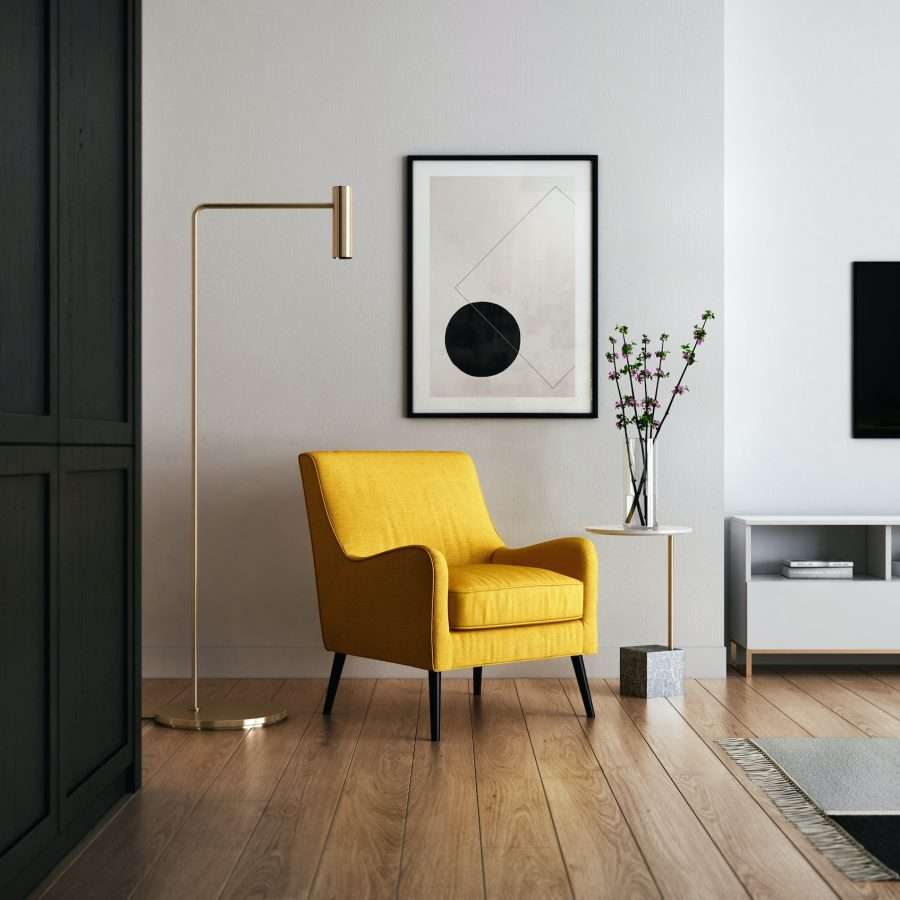
Another trend in Art Deco design is dark moody interiors, which create a dramatic and sophisticated atmosphere. Deep, moody colours like navy blue, forest green, and rich burgundy characterize these interiors. They often incorporate plush velvet fabrics and glossy surfaces to create a sense of opulence and glamour.
Bold Geometric Patterns and Motifs
Art Deco interior design incorporates bold geometric patterns and motifs that create a distinct and glamorous look. Inspired by the industrial revolution, this design style is characterized by sharp lines, bold colour combinations, and lavish materials. From luxurious materials like a gold leaf to simple geometric shapes, Art Deco concepts create a glamorous and sophisticated atmosphere.
Bold geometric patterns are often used in furniture, flooring, and wallpaper. Geometric motifs are used in lighting, mirrors, and window treatments. Art Deco design can be incorporated into any homeroom, from the living space to the bathroom. With this guide, you can create an Art Deco interior as bold and striking as you are.
Luxurious Materials: Embracing the Glamour of the Era
Art Deco interior design is all about embracing the glitz and glamour of the era, and a key component of this style is the use of luxurious materials. Think rich, sumptuous fabrics like velvet, silk and satin, polished metals like brass and chrome, and glossy materials like lacquer and mirrored surfaces. These opulent textures and finishes give Art Deco interiors their signature high-end look and feel. But it’s not just about using expensive materials – it’s also about using them innovatively.
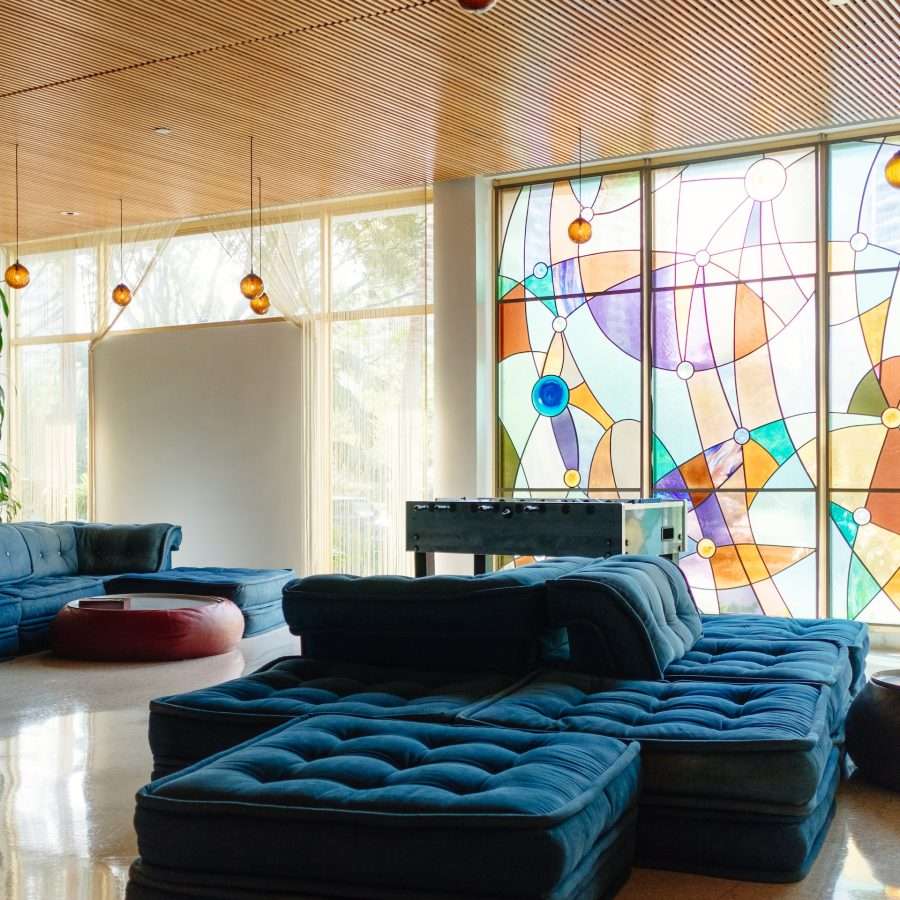
Whether a statement-making chandelier dripping with crystal beads or a sleek armchair upholstered in crocodile leather, every element in an Art Deco space should feel indulgent and extravagant. So embrace the glamour and indulge in the luxury of Art Deco design.
Statement Furniture: Capturing the Art Deco Essence
Art Deco interior design is all about making a statement with furniture, and there’s no better way to capture the essence of this style than with statement pieces. These items are bold, geometric, and luxurious – think plush velvet sofas, geometrically shaped mirrors, and intricate metalwork details. Combining statement furniture with antique decor can give a room a sense of history, depth, and timelessness.
Art Deco furniture often features intricate details and bold geometric shapes, while antique decor may be more ornate and intricate. When used together, they create a unique classic and modern aesthetic. Mixing and matching styles is key to creating an authentic Art Deco look; statement furniture and antique decor are a winning combination.
Lighting and Accessories: Accentuating Your Art Deco Space
The right lighting and accessories are essential when creating an Art Deco interior. These elements should be bold, elegant, and glamorous. Think sleek chrome pendant lights, luxe brass wall sconces, and shimmering sunburst mirrors. When used together, they create a dazzling effect that elevates any space.

Accessories are an essential part of any interior design, and when it comes to Art Deco style, they should be unique and eye-catching. Think of bright colours, geometric patterns, and streamlined forms. A modern interpretation of classic Art Deco motifs is a great way to add a contemporary touch to your space. Whether you choose bold statement pieces or classic accessories, lighting and accessories will take your Art Deco interior to the next level.
Art Deco Color Palette: Vibrant and Sophisticated Hues
The colour palette of an Art Deco interior should be vibrant and sophisticated. Rich jewel tones like sapphire blue, ruby red, and emerald green are popular in this style; think of the iconic chevrons in many ziggurat buildings. Butterscotch yellow, goldenrod orange, and amethyst purple can also bring a glamorous Art Deco look to any space.
For a more subtle effect, combine classic neutrals like black, white and grey with shimmering metallics such as brass and chrome. This palette of warm tones and muted hues can bring an air of sophistication to your Art Deco interior. Whether you choose bold colours or chic neutrals, the right palette will give your Art Deco space a timeless and sophisticated look.
Mixing Art Deco with Contemporary Design
Mixing Art Deco design with contemporary aesthetics is a great way to bring the glamour and luxury of the 1920s into modern homes. Art Deco is about bold geometry, glamorous materials, and intricate details. Combining these elements with clean lines and minimalist design can create a stunning interior.
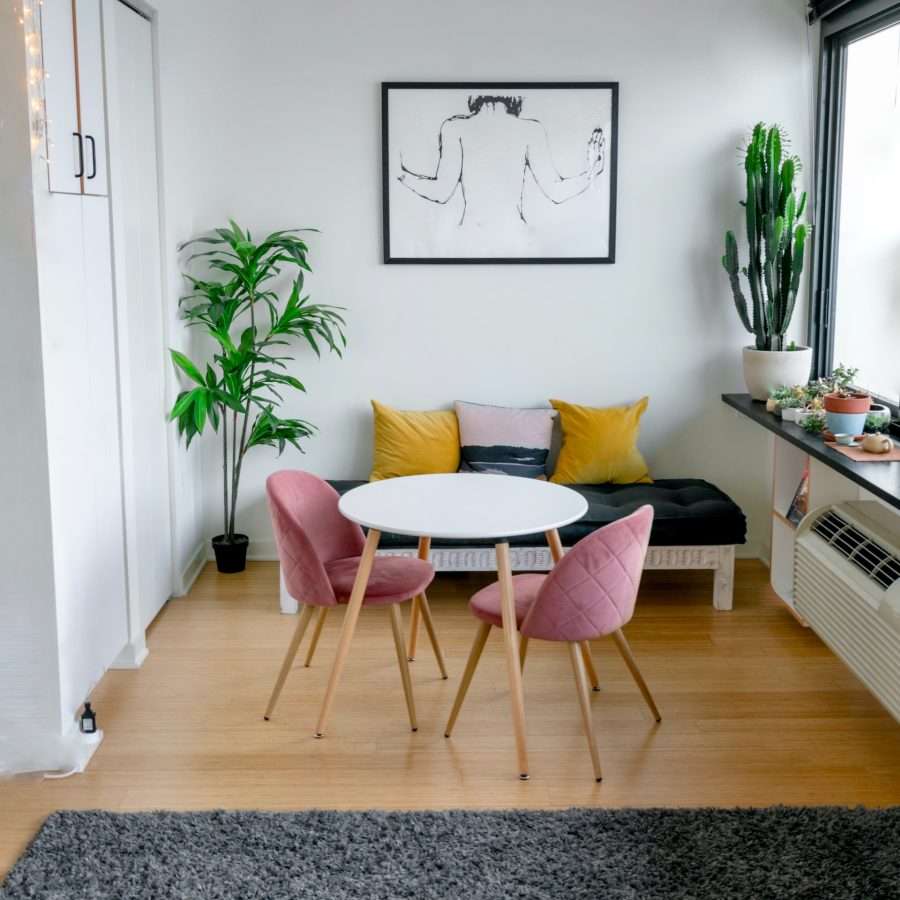
The key is to balance the Art Deco elements with contemporary ones. That way, the space won’t look like it’s stuck in the past while still exuding the elegance and extravagance of Art Deco design. Be sure to choose high-quality materials, emphasize symmetry and repetition, and incorporate geometric shapes, especially in lighting fixtures and furnishings. Art Deco is about making a statement, so don’t be afraid to play with different textures and colours to create a show-stopping effect.
Tips for Incorporating Art Deco Elements on a Budget
Incorporating Art Deco into your design does not require transforming your entire home into the style. To impact a budget, focus on integrating key elements of the Art Deco era. Consider bold geometric shapes, strong horizontal and vertical lines, and dramatic colour contrasts in your decor. Art Deco lighting fixtures, mirrors, sculptures, and accessories can enhance the overall ambience of your home while maintaining a budget.
Moreover, Art Deco items are available at antique stores, vintage shops, flea markets, and online auctions. These sources offer an endless supply of Art Deco pieces that will likely be more affordable than buying new ones. Searching can lead to unique treasures at a fraction of the cost.
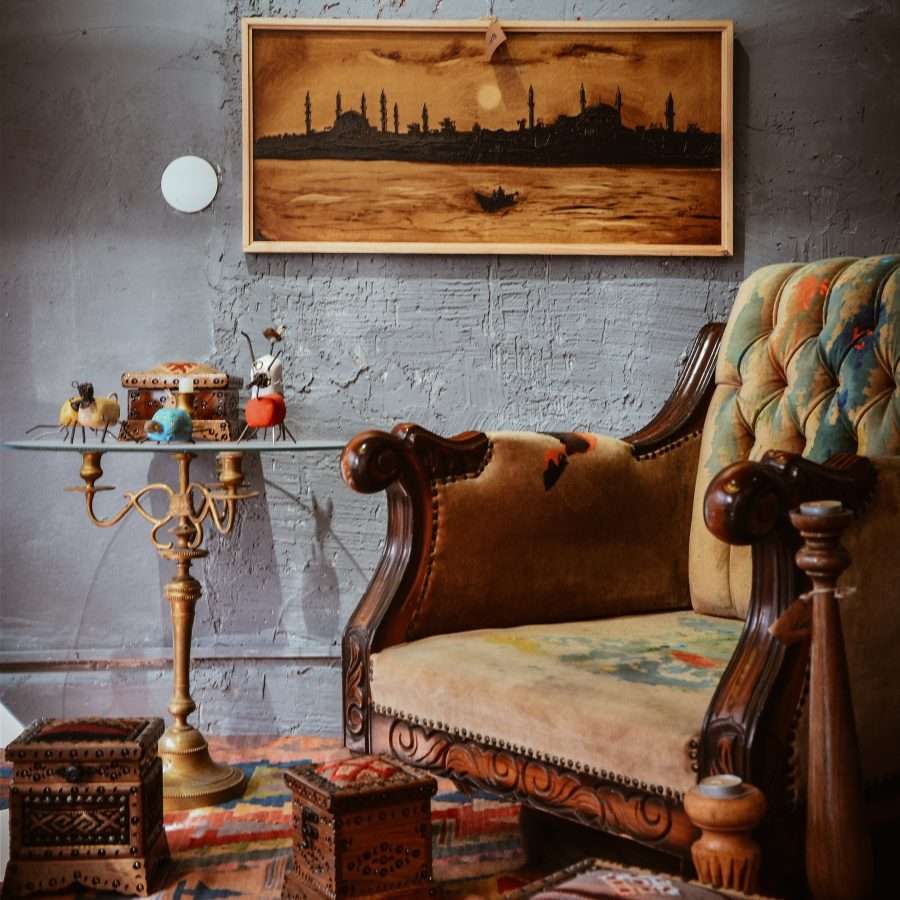
Finally, transforming your items is an affordable way to incorporate Art Deco into your living space. Consider painting an old piece of furniture with bold colours or using metallic spray paint on lamp frames to bring Art Deco glamour into your décor. Old frames can be given an Art Deco facelift with decorative detailing using gold paint.
Iconic Art Deco Buildings and Designers: Inspiration for Your Home
The Chrysler Building by William Van Alen
The Chrysler Building in Midtown Manhattan is one of the most iconic Art Deco structures. Its design is a fusion of modern technology, ornamentation, and industrial motifs. The building’s exterior features stainless steel cladding, intricate terracotta details, and a soaring 77-story spire. The lobby is equally impressive, with its shiny metal surfaces, stunning murals, and marble floors.
You can incorporate the Art Deco style of the Chrysler Building into your home in various ways. For example, you can add metallic accents, reflective surfaces, and geometric shapes to your interiors. Use sleek, glossy furniture like glass coffee tables or chrome lamps. Hang Art Deco-inspired murals or prints on your walls. Add luxurious materials like marble or terrazzo to your flooring or countertops. And don’t shy away from bold colours like gold, silver, or metallic blue.
Art Deco Goddesses by Tamara de Lempicka
Tamara de Lempicka was a Polish Art Deco painter specialising in depicting strong and glamorous women. Her works often featured bold lines, contrasting colours, and streamlined forms. One of her most famous paintings is “Autoportrait” (1929), in which she portrays herself as a fierce and confident goddess.
You can use bold and contrasting colours to channel de Lempicka’s style into your home decor. Consider dramatic combinations like black and gold, red and white, or blue and silver. Use streamlined furniture with sharp edges and clean lines. Add graphic prints or stripes to your upholstery or drapes. Consider adding sculptural pieces that mimic the curves and shapes of de Lempicka’s female figures.
The Empire State Building by Shreve, Lamb & Harmon
The Empire State Building is another iconic Art Deco skyscraper in New York City. Its construction started in 1930 and was completed in just 14 months. The building’s exterior features a shimmering aluminium finish, intricate setbacks, and a distinctive Art Deco spire. The lobby is equally impressive, with its marble floor, bronze elevators, and intricate murals.
To bring the Art Deco style of the Empire State Building to your interiors, focus on metallic finishes, sleek lines, and geometric shapes. Use shiny and reflective materials like chrome, steel, or polished granite. Choose furniture with clean, angular lines and a minimalist profile. Add pops of colour with bold-hued area rugs, throw pillows or artwork. You can also create a statement piece with a geometric bookcase or a monochrome photograph.
Jean Dunand, a Master of Lacquer Art
Jean Dunand was a Swiss Art Deco artist and designer who specialized in lacquer art. Intricate patterns, bold colours, and lustrous finish characterized his works. Dunand worked on various projects, from furniture and decorative objects to walls and ceilings.
You can incorporate Dunand’s style into your home decor by using lacquered surfaces, vibrant colours, and exotic patterns. Choose lacquered furniture such as dressers, consoles or side tables with intricate ornamentation. Use bold wallpaper designs or stencils to create a focal point. Add accent pieces like vases, trays, or lamps in bright colours or with exciting patterns.
Conclusion
Art Deco is a timeless style that never goes out of fashion. Incorporating geometric shapes, luxurious materials, and statement furniture will help you create an Art Deco-inspired interior with a modern twist. From the Chrysler Building’s stainless steel cladding to Tamara de Lempicka’s bold colours, Jean Dunand’s lacquers, and the Empire State Building’s setbacks and spire, you can find inspiration in iconic Art Deco buildings to create unique home decor. With careful planning, an understanding of the style elements, and a thoughtful selection of materials, you can incorporate Art Deco into your home design.

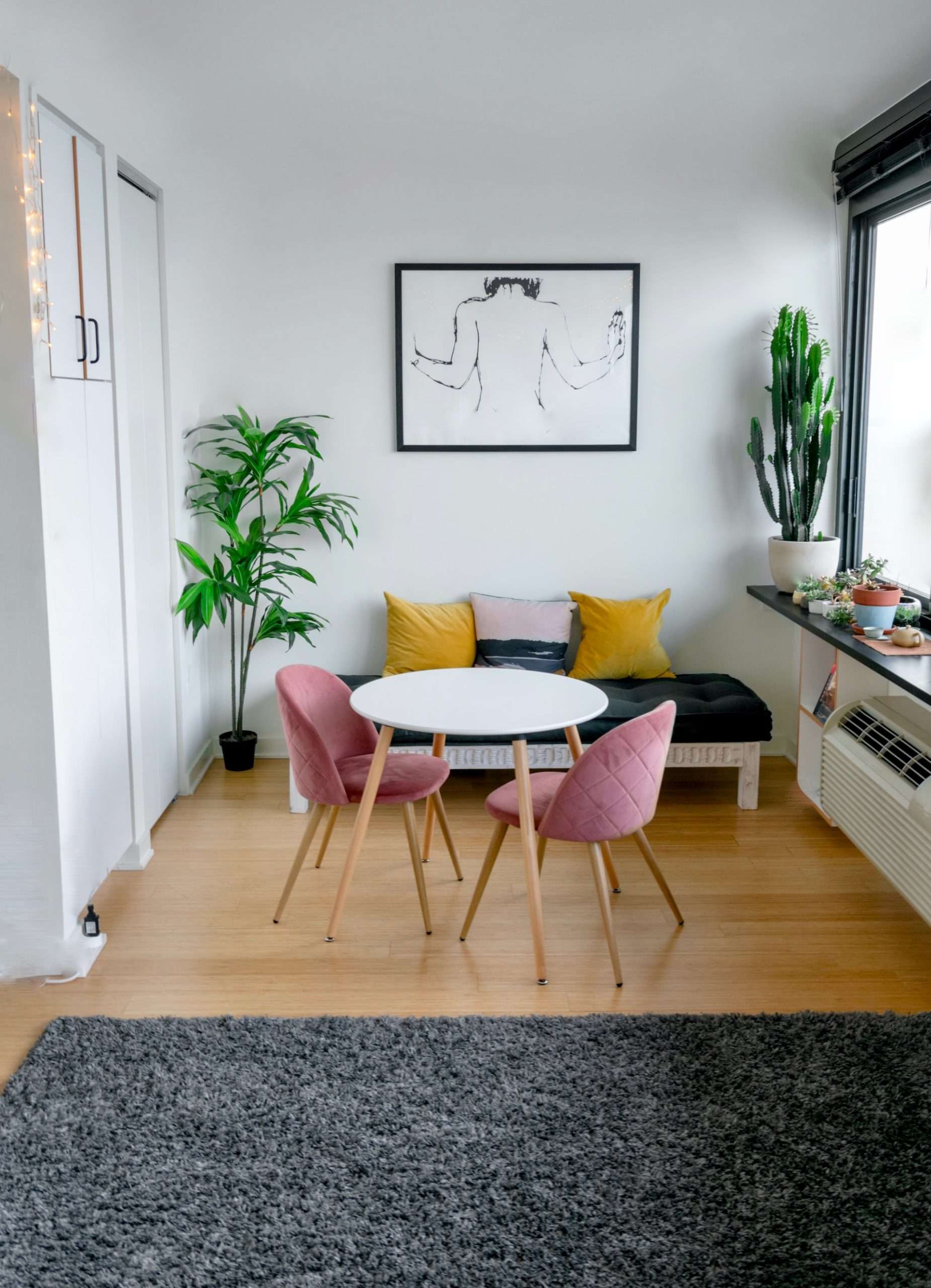
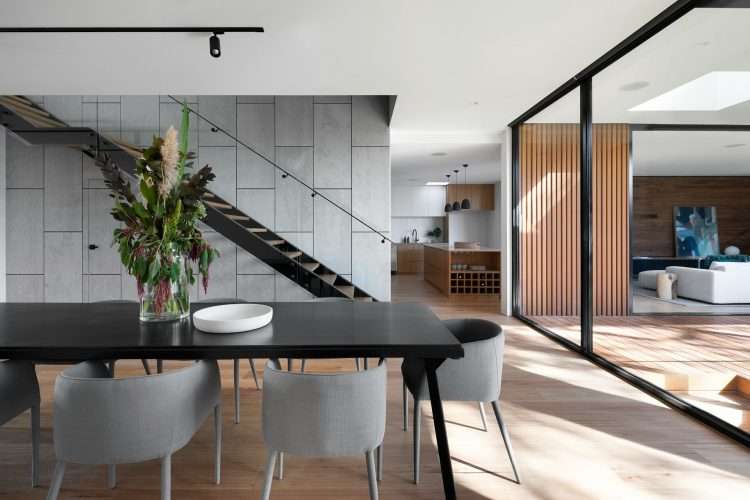
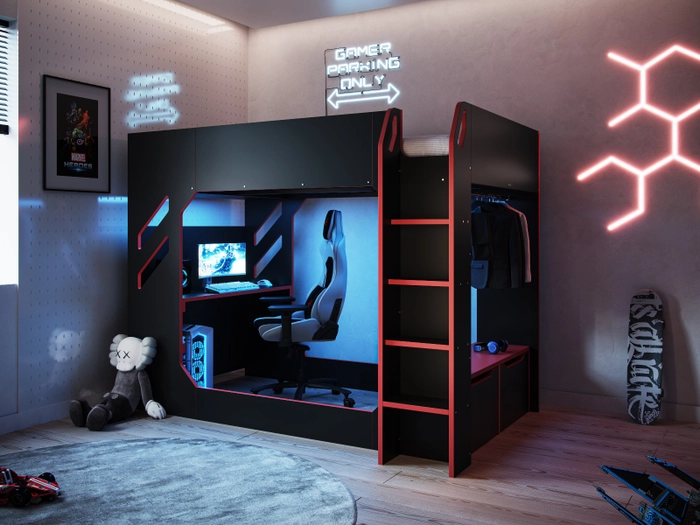
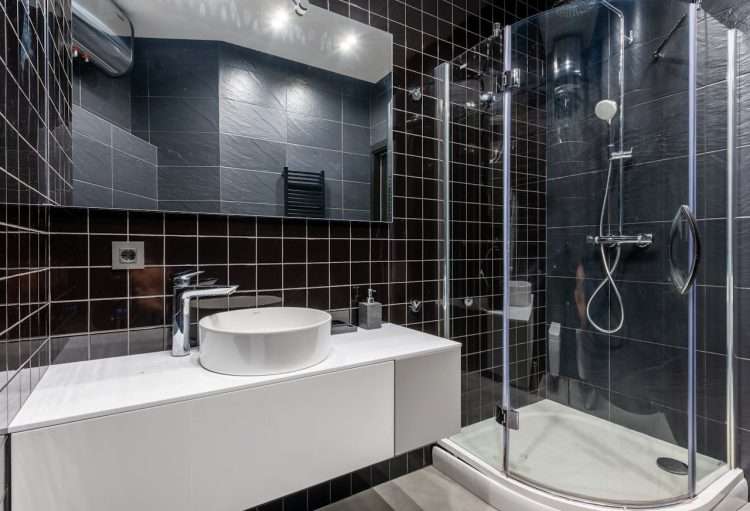
Leave a Reply